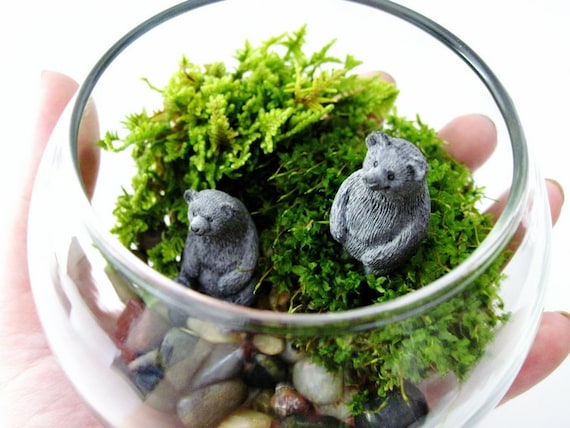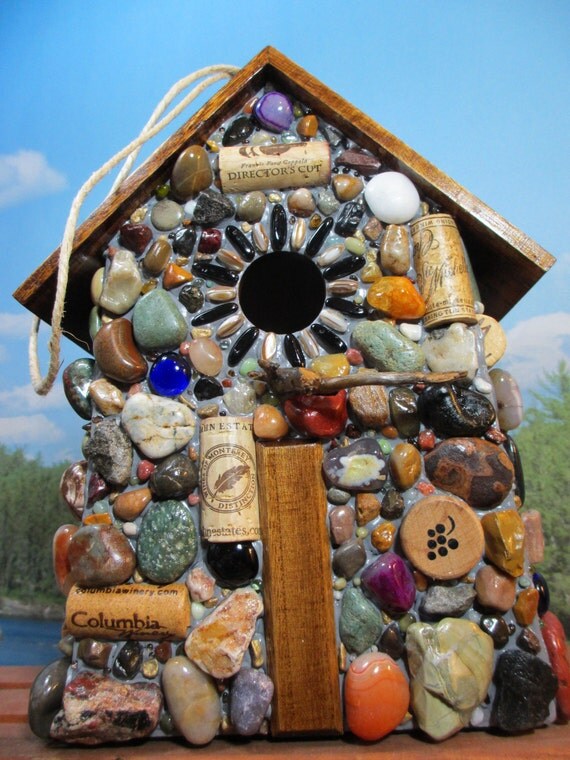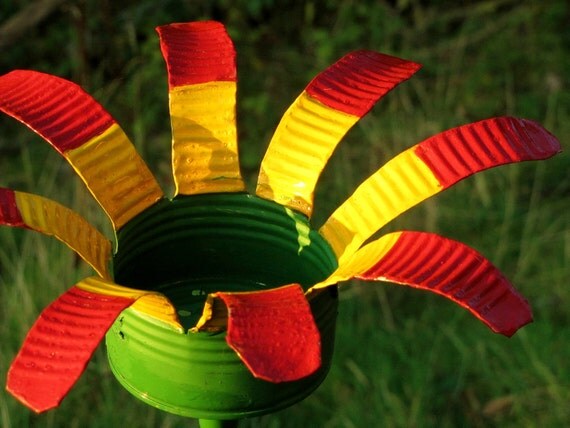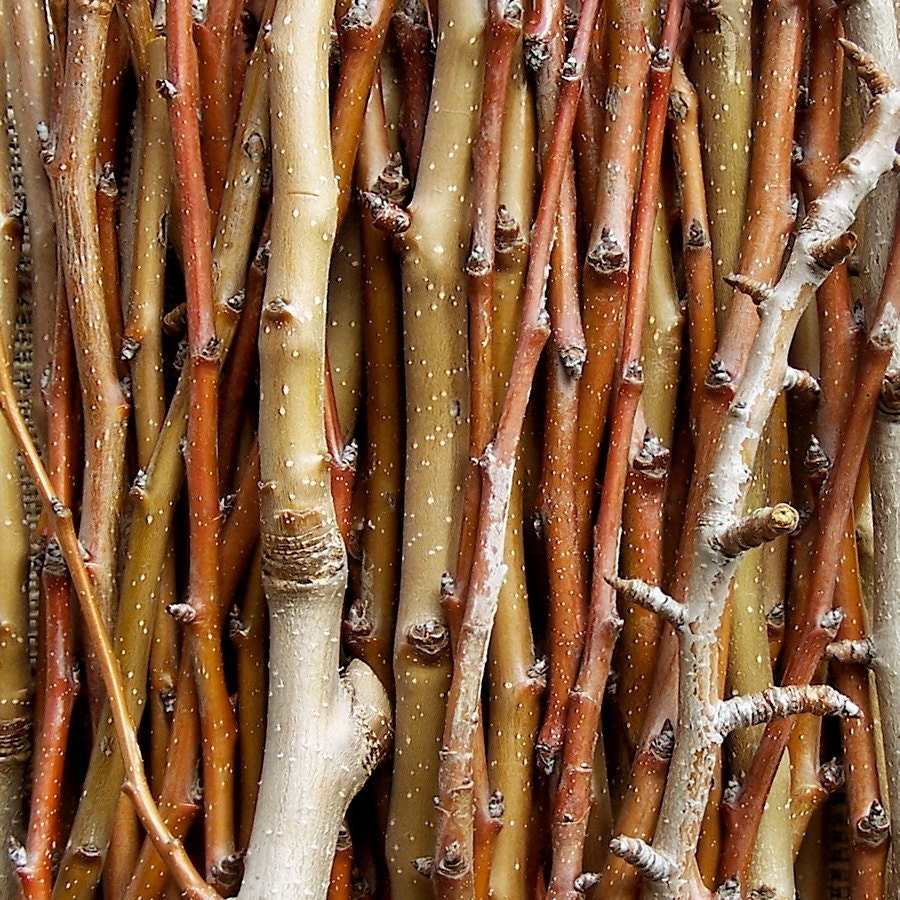This Wasteless Wednesday, we offer you another week's worth of tips~ this time for "growing"
GREEN!
How does your garden grow? How about your lawn or yard? Do you have plants in your home? How do you care for them? Do you use fertilizers? Pesticides? Do you overwater because you aren't using indigenous species?
Every bit of green you surround yourself with will help sustain our planet but only if you do it without wasting resources while keeping it green!
Here are our tips for the week:
1. Instead of a typical houseplant in a container~ imagine having a little slice of Earth in your home...a terrarium!
 |
| Bear Pair Bowl Terrarium by DoodleBirdie |
|
|
2. Try raising your plants on air instead of water...
 |
| Air Plant Dance Valentine's Day Terrarium from Roots in Rust |
3. Use organic or natural pesticides~ Did you know fleas can be repelled by Eucalyptus? There are plenty of home remedies to control insects and pests, just make an effort to find them!
 |
| Organic Eucalyptus Essential Oil from Natural Earth |
|
4. Consider carefully when you landscape your yard! Use indigenous, zone hardy and low maintenance plants. Use ground cover species instead of grass. Create ecological habitats for birds, bees and butterflies to encourage pollination.
 |
| Garden Mosaic Birdhouse from Winestone Birdhouses |
5.
Create a "Rain Garden" to catch the potential polluted run-off or stormwater from your property.
5. Use upcycled garden decor or statuary in your yard, patio or outdoor areas~
 |
| Yellow Flower Metal Art Sculpture from Metal Art Dude |
|
|
 |
| Metal Flower Garden Candle Holder by Tink and Designs |
|
|
6. Support and consume organically grown foods and products. Local if you can, but always consider the source!
 |
| Gourmet Chinchilla Yummies from Brizel4theAnimals |
|
|
7. Encourage others to grow their own or "Grow Green"!
 |
| Veggin' Out Seed Kit Gift Basket from Humble Seed |
|
|
We hope you found a way to Waste Less last week and PLEASE spread the word about Wasteless Wednesday~ Have a great week!























